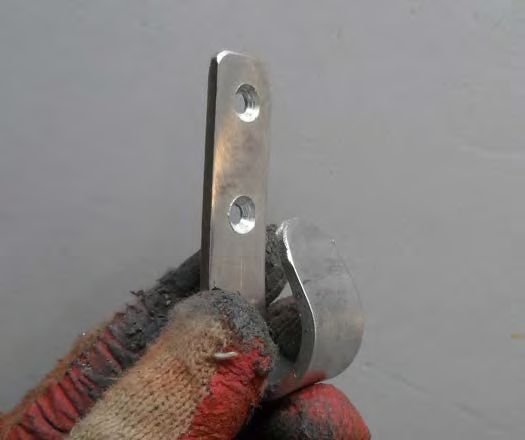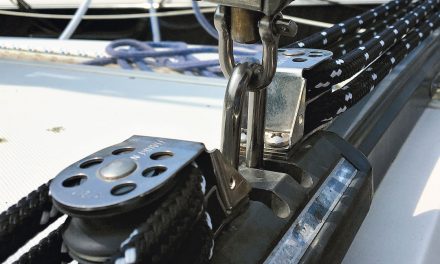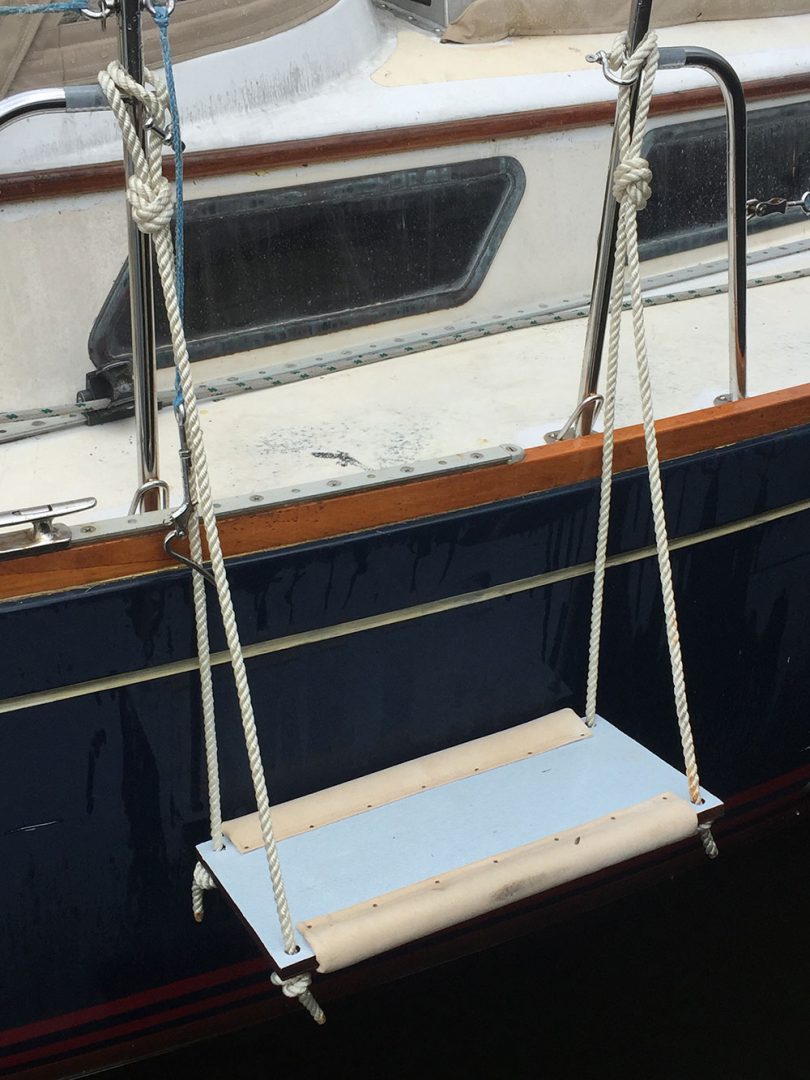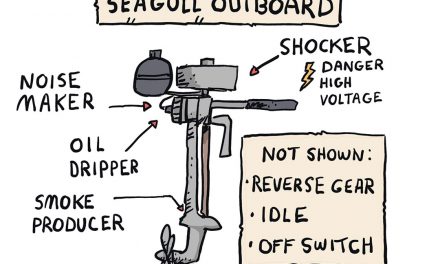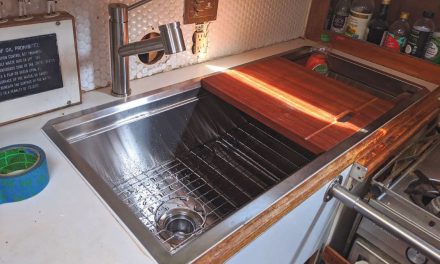DIY rope hooks to keep your coils organized
Issue 150: May/June 2023
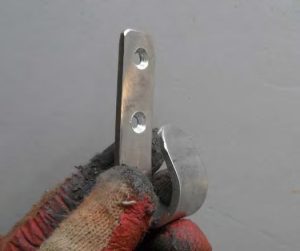
The finished hooks, fabricated from 1/8-inch by 3/4-inch by 5-inch aluminum flat bar.
Hooks are designed to snag. But that is the polar opposite of what I need in a rope locker. Installed in a sail locker, for example, hooks might shred a nylon spinnaker, snag a piece of clothing, or painfully stab my back if I fall against them. Wide open designs also make it possible for a rope to fall off during extreme heel, requiring a bungee or other means to secure them. Finally, they must be strong enough to hold body weight, should I step on a suspended coil.
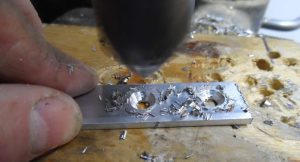
Countersinking the holes for #8 fasteners. After the holes are drilled, the corners are rounded and smoothed with a sander or file.
My solution was a semi-closed hook, with an opening designed to easily accept a sling but deflect accidental snags, yet with room for several slings and the capacity for a lot of weight. I’ve been using this design for 15 years and have no reason to change it. Here’s how it works:
The hooks are fabricated from 1/8-inch by ¾-inch by 5-inch aluminum flat bar. Round the corners with a disk sander or file, drill and countersink for #8 flathead fasteners, and polish with a wire wheel. The hook is formed using a simple jig created by clamping two broomstick stubs in a bench vice about 1/8-inch apart. The mouth of the hook should be just wide enough to admit the 3/8-inch slings that will be used to hang lines and PFDs; any wider and they will snag ropes and sail bags.
This is a super simple project. Once you get rolling, you can bang out a dozen in 20 minutes. The hooks can then be mounted with screws, of course, but most often I have mounted these to the hull sides, and a screw sticking out through the side of the boat would draw stares …and moisture. Instead, I mounted them either to a precast fiberglass sheet, which was then bonded to the hull, or to an 1/8-inch by 2-inch aluminum bar that I attached to the hull with glue-on studs (Good Old Boat, November/December 2022) and knobs, making the whole business modular and removable.
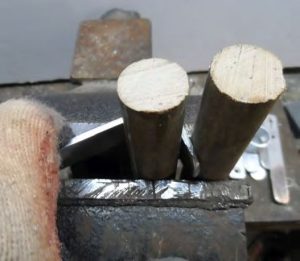
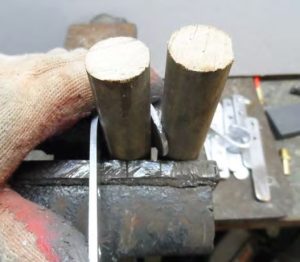
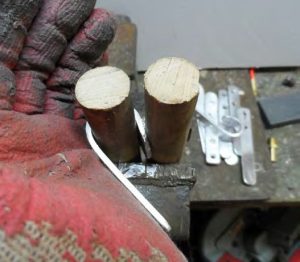
Every boat I have owned had scars from where plastic hooks have broken off. These have never failed or even strained. Give them a try and you’ll probably find the same.
Good Old Boat Technical Editor Drew Frye draws on his training as a chemical engineer and pastimes of climbing and sailing to solve boat problems. He cruises Chesapeake Bay and the mid-Atlantic coast in his Corsair F-24 trimaran, Fast and Furry-ous, using its shoal draft to venture into less-explored waters. He is most recently the author of Rigging Modern Anchors (2018, Seaworthy Publications).
Thank you to Sailrite Enterprises, Inc., for providing free access to back issues of Good Old Boat through intellectual property rights. Sailrite.com

